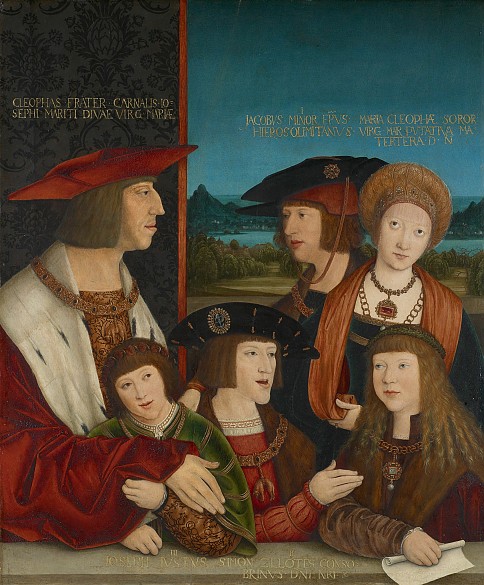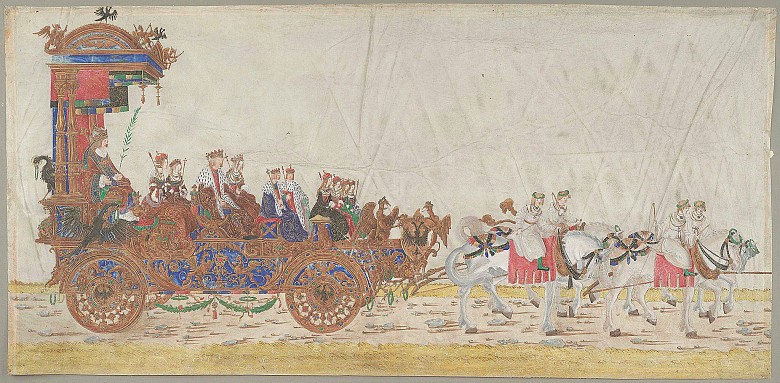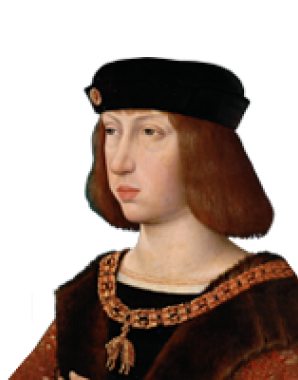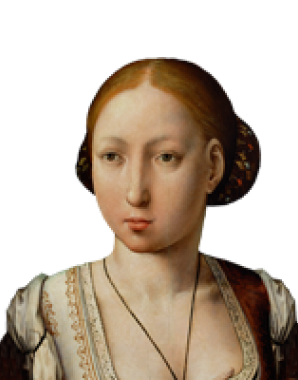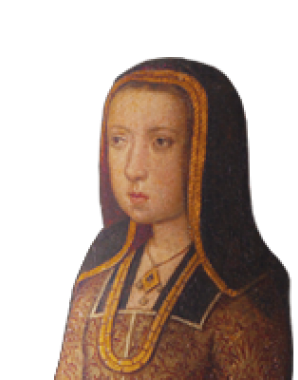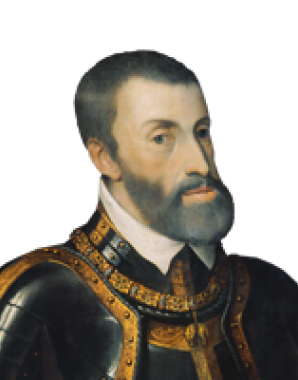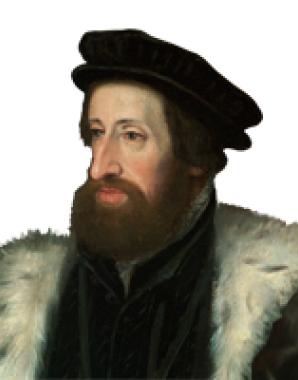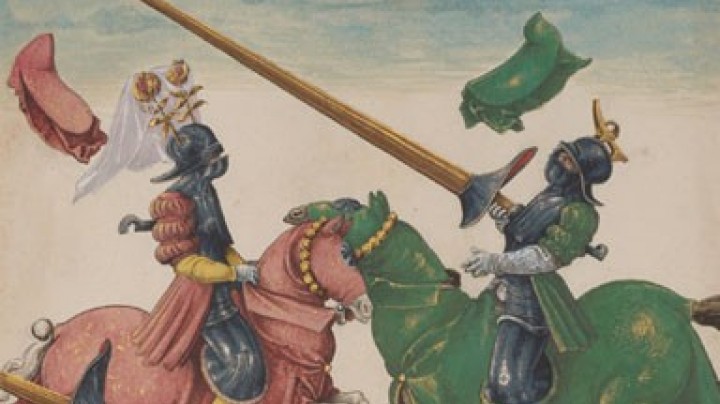Maximilian and the Habsburg matrimonial policy
Beginning with Maximilian, the foundations for the dynasty’s later ascent to Great Power status were laid within three generations thanks to a number of strategically concluded marriages.
The first of these was Maximilian’s own nuptial union: the Burgundian Marriage to the richest heiress in Europe at the time, Mary of Burgundy, enabled the dynasty to gain a foothold in western Europe, in particular in territories such as Flanders and Brabant, whose flourishing urban centres had made them among the most highly developed cultural and economic regions in Europe.
This marriage brought Maximilian into conflict with the kingdom of France, since the ruling Valois dynasty was also insisting on its claims to the Burgundian inheritance, a situation that led to the ‘hereditary enmity’ between the two monarchies which was to define European history in the Early Modern era.
The second historically significant union in the House of Habsburg was the Spanish Marriage of Maximilian’s son Philip. In 1496 Philip (the Fair) was married to Joan (the Mad), heiress to Castile and Aragon. At the same time Joan’s brother John, the designated heir to the throne, wedded Philip’s sister Margaret. However, John died shortly afterwards, with the result that Philip as the husband of the heiress to the crown was able to make claims on the Spanish throne.
The political background to this Habsburg-Aragon union was the French advance on Naples. Ferdinand II of Aragon, whose family had brought this southern Italian kingdom under their dominion in 1442, was looking for an ally and found one in Maximilian, who had fallen foul of King Charles VIII because of the French claims on the Burgundian inheritance.
It was around this time that the Spanish monarchy was being formed, thanks to the union of Joan’s parents, Isabella of Castile and Ferdinand II of Aragon. The discovery of America was still a promise for the future, its potential yet to be recognized. This was also true of the marriage itself, as Joan was only fourth in line to the throne. It was not until a series of fortuitous happenings that the potential of this union became reality. Maximilian did not live to see the historic consequences of this marriage, as it was his grandson Charles V who was to harvest the fruits of the tree that his grandfather had planted and to lead Spain to Great Power status.
The third marriage that would change the course of history was the Jagiello Double Wedding of 1515, which involved the generation of Maximilian’s grandchildren. This was the result of an agreement between Maximilian and Ladislaus Jagiello, king of Hungary and Bohemia, according to which the children of the two dynasties were to be married to one another in order to secure mutual hereditary claims in case either dynasty became extinct.
In 1506 Maximilian’s granddaughter, Archduchess Mary, was promised to a son of Ladislaus who at this point had not even been born. (Her future husband was in fact born later the same year.) At the wedding in Vienna in 1515 it was still not certain which of Maximilian’s grandsons was to marry Ladislaus’s daughter Anna. Maximilian thus stood in as proxy for one of his grandsons (Charles or Ferdinand). Eventually it was to be Archduke Ferdinand who became Anna’s husband. The agreement concerning the inheritance came to bear sooner than expected when the young king Louis fell at the Battle of Mohács against the Turks in 1526, aged only twenty. This meant that the Habsburgs were able to bring Hungary and Bohemia permanently under their sway.
